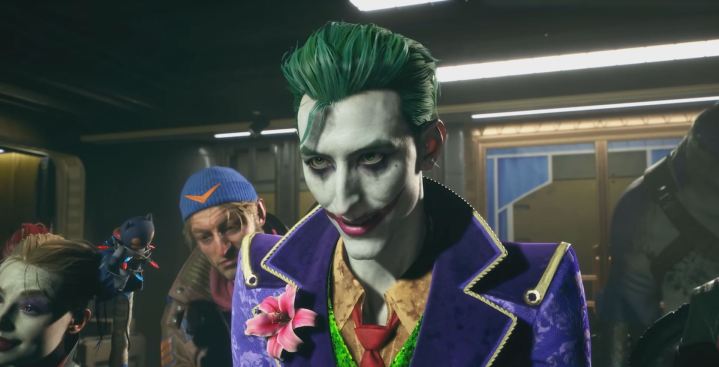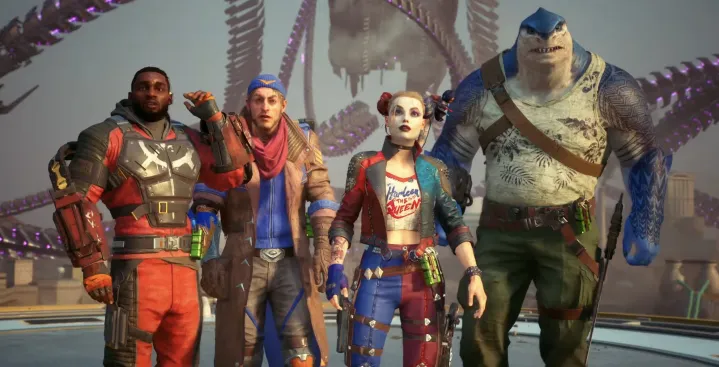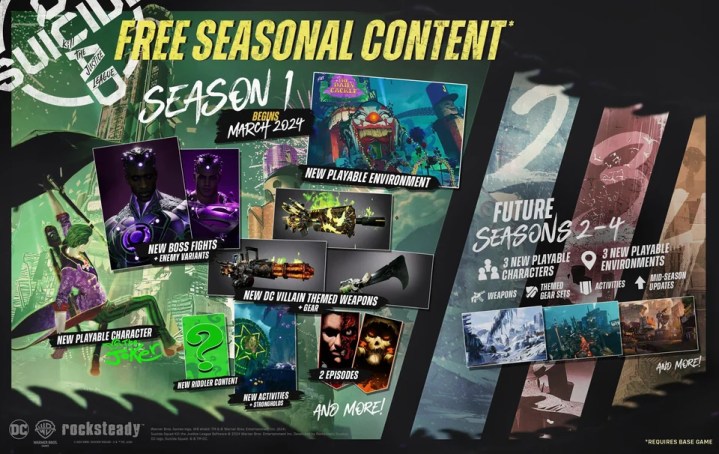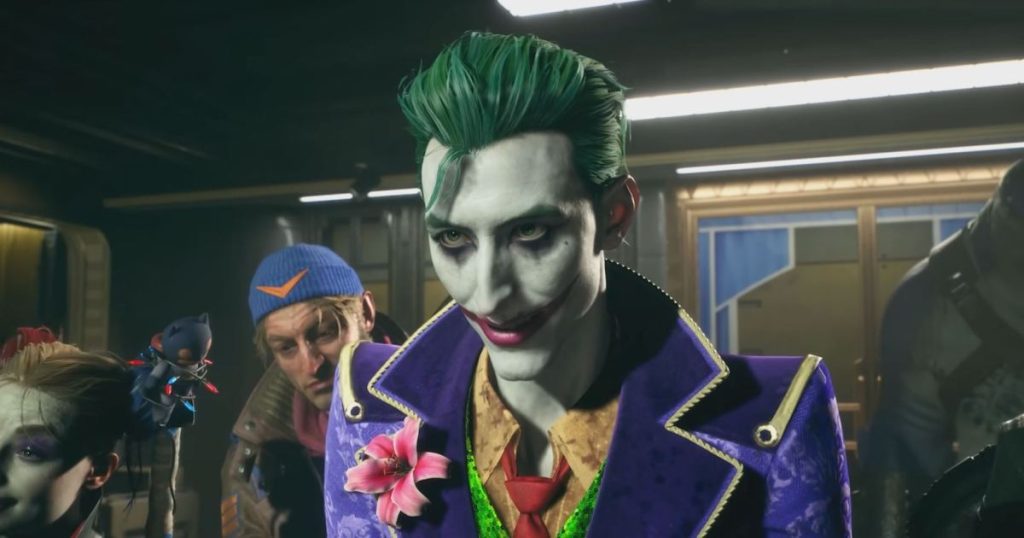
Wondering if Suicide Squad: Kill the Justice League can still be salvaged as a live-service game? This question was top of mind as I reviewed the latest DC Arkhamverse game from Rocksteady Studios.
The game is designed for co-op multiplayer shooter modes, with Rocksteady and WB already planning post-launch content seasons. Their approach to endgame and in-game store suggests a live-service model. Historically, games of this nature have had mixed success rates after a tumultuous launch. Titles like Anthem and Marvel’s Avengers are prominent examples of failures, facing a rocky start and ultimately fizzling out without the necessary post-launch updates and support.
However, there are instances where initial failed games have bounced back. Notable examples include the resurrection of No Man’s Sky and Final Fantasy XIV, both of which faced a rough start but saw vast improvements as developers resolved the biggest issues. Despite my concerns, I believe that Suicide Squad has the potential for redemption if the developer and publisher are genuinely committed to its long-term success.
The hope
Currently, the main issues with Suicide Squad are its user experience, mission design, and lack of content variety. Unfortunately, these are three crucial components of live service games. They require enough diverse and original content to keep players engaged for hours, delivered seamlessly. At times, playing Suicide Squad is enjoyable, especially when flying around as Deadshot and utilizing the intricacies of the affliction and combo systems to deal maximum damage to enemies. This enthralling loop could appeal to fans of multiplayer shooters like The Division or Remnant II, but Suicide Squad seems to actively diminish part of the gaming experience.

The cluttered UI creates a steep learning curve and interrupts the pacing with post-mission menus. A significant UI and UX redesign is imperative if the game is to succeed in the long run. This, however, cannot impede the promised and anticipated seasonal content within Suicide Squad’s narrative and gameplay systems.
Suicide Squad concludes with the revelation that a coalition of 13 Brainiacs is behind the multiversal attacks, setting up a two-to-three year plan for post-launch content centered around taking them down. A roadmap has been released, promising four upcoming seasons, with each season adding a new character. This commences with an alternate version of the Joker, a high-profile character addition that could attract new players. The roadmap also includes new boss fights, environments, weapons and gear, and more. Overall, Suicide Squad has a more confident roadmap than games like Marvel’s Avengers, committing to an entire year of new content.

Upon reaching Suicide Squad’s endgame, I found abundant progression systems to support it. It includes a Finite Crisis level to increase, numerous Infamy Gear to grind for, and a comprehensive talent tree shared between characters. However, the game currently lacks diverse Incursions and compelling objective types, resulting in repetitive gameplay. Optimistically, this is an area for potential improvement, with a new mission type called Strongholds promised for Suicide Squad’s first post-launch season.
If Rocksteady can introduce more content variety and address the user experience issues, it can disengage from the burdens weighing down the entire experience. Then, players may have the opportunity to appreciate Suicide Squad for its strengths — its frenetic combat and traversal — potentially elevating it to a live service success. However, the ultimate responsibility for that doesn’t lie with the players.
The reality
Ultimately, the fate of Suicide Squad depends on the determination of Rocksteady and WB Games. Games like Anthem and Marvel’s Avengers similarly had solid cores, but their publishers failed to invest what was necessary to fix their respective games post-launch. In the case of Suicide Squad, an endgame screen alludes to four upcoming content seasons.
However, a disclaimer on its website states that “WB Games may modify or discontinue online services with reasonable notice at any time.” So far, the game’s PC player count is also not very impressive. Suicide Squad peaked at 13,459 concurrent players on Steam, according to data from SteamDB, a far cry from other recent multiplayer games. This raises concerns about the future of Suicide Squad, although WB Games and Rocksteady have yet to comment on the game’s commercial performance since its release. The game’s future outlook will likely be clearer when Circana’s February video game market results are released, with the planned March release date for Season 1 just around the corner.
The destiny of Suicide Squad hinges on Rocksteady and WB Games’ commitment. They have laid the groundwork in terms of narrative and progression systems to support its future, as well as a solid core gameplay to build upon. With heavy investment in rectifying Suicide Squad’s major issues and crafting captivating new content, it is possible to salvage the game. The outcome will reveal if the Suicide Squad can take down all 13 Brianiacs or if Kill the Justice League’s story is left unfinished as was the case with Marvel’s Avengers.
Suicide Squad: Kill the Justice League is available now for PC, PS5, and Xbox Series X.
Editors’ Recommendations


